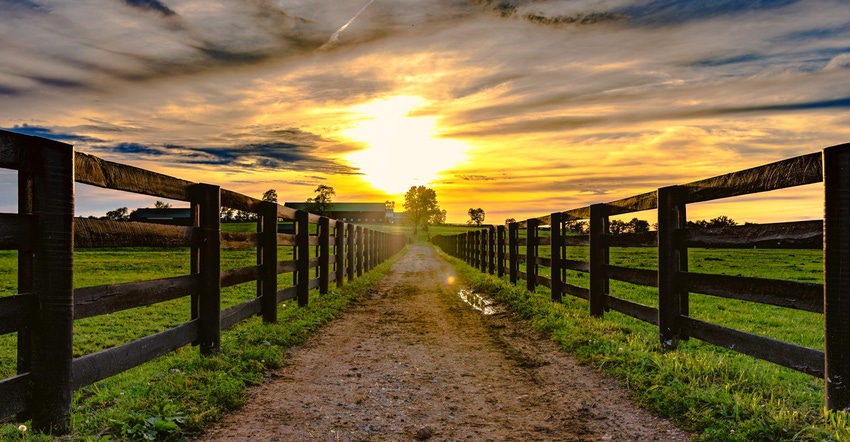
Agricultural easements and conservation easements have been around many years and have protected thousands of acres of farmland. These easements generally prevent farmland from being used for residential or commercial developments.
While the obvious benefit of these easements is to preserve farmland, there also are significant benefits for estate planning. We will discuss a few of these benefits and how you might incorporate them into your plan.
Land value reduction
The first benefit of an agricultural easement is the reduction in the value of the land. The easement eliminates the possibility of development and thus adjusts the value of the land to agricultural only. An easement may reduce the value of the land by around one-third, but varies greatly depending on the quality of the land and its development potential. This reduction in value will reduce estate taxes.
Consider the following example. Landowner owns 500 acres of land valued at $6,000 per acre. Landowner has a high enough net worth that he will have estate taxes when he dies. After an agricultural easement is put on his land, the new value of the land is $4,000 per acre. Landowner has reduced the value of his estate by $1 million, which will save $400,000 in estate taxes.
Whenever an agricultural easement is granted, an appraisal should be performed to determine the value of the land before the easement and after the easement. The difference between the before and after appraisal is the value of the easement. The value of the easement is the amount by which the worth of the estate can be reduced, and the amount that can be deducted from income taxes.
Farmland forever
A primary goal of many farm families is to keep the land in farming and not have it developed. One way to do this is to hold the land in trust for future generations and not allow the land to be developed. However, this strategy requires a trust to hold the land for many years. An easement has the same effect but does not require a trust to be administered.
An easement “runs with the land,” which means the easement is binding upon successor owners. As the land is passed from one generation to another, the easement will remain and prevent the land from being developed.
Tax savings
A final benefit of an agricultural easement is income tax savings. Some or all of the value of the easement will be considered a charitable donation. The value of the donation can be used over 15 years. Farms can deduct up to 100% of their annual income, and nonfarmer landowners can deduct up to 50% of their annual income. Agricultural easements typically allow considerable tax savings for the landowner.
Like any strategy, there is also a downside. The disadvantage of the agricultural easement is that if the land is ever sold, less money might be received for the land. That is, someday a future generation may receive less money when they sell the land.
However, this only becomes an issue when the land is sold out of the family. Conversely, this could also be seen as an advantage by providing a disincentive for future generations to sell the land.
If keeping your land in farming is important to you, as well as saving estate or income taxes, you might consider incorporating an easement into your plan. Be sure to talk to an attorney familiar with agricultural easements and your accountant to see if an easement is a good strategy for you.
Remember that the easement is permanent — a decision that cannot be reversed.
Moore is an attorney with Wright & Moore Law Co. LPA. Contact him at 740-990-0751 or [email protected].
About the Author(s)
You May Also Like




